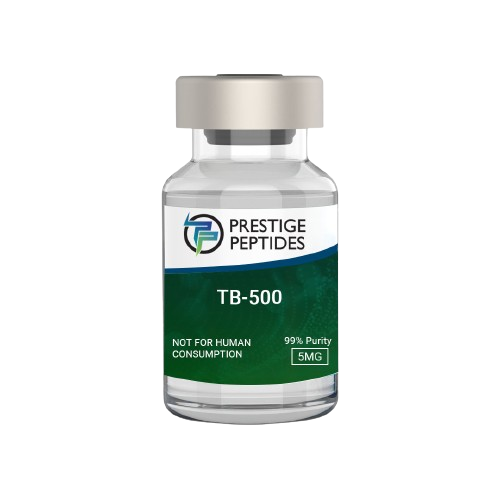In the world of medical breakthroughs, TB 500 stands out as a promising player in the field of tissue regeneration. As scientists delve deeper into the mechanisms governing cellular repair, TB 500 has emerged as a key component in enhancing the body’s natural ability to heal and rejuvenate.
What is TB 500?
TB 500, short for Thymosin Beta 4, is a naturally occurring peptide found in various animal tissues. This peptide plays a crucial role in wound healing and cellular regeneration. Initially discovered for its impact on thymus gland activity, TB 500 has since gained attention for its potential in promoting tissue repair.
Mechanism of Action
At its core, Thymosin Beta 4 works by promoting cell growth and differentiation. It stimulates cellular migration to injury sites, initiating the repair process. This mechanism is vital for the regeneration of damaged tissues, making TB 500 a valuable asset in medical and sports-related applications.
Applications in Medicine
The medical community has embraced Thymosin Beta 4 for its effectiveness in wound healing. From accelerating the closure of open wounds to aiding in the recovery of post-surgical patients, TB 500 has showcased its potential in various clinical researches. Moreover, its application in treating musculoskeletal injuries has shown promising results, offering a new avenue for therapeutic interventions.
Clinical Studies and Research Findings
Scientific studies on TB 500 have been instrumental in validating its efficacy. Rigorous research has consistently demonstrated the peptide’s ability to enhance tissue regeneration, making it a subject of interest for scientists exploring novel approaches to medical treatments. The evidence supporting TB 500’s benefits is both compelling and encouraging.
Safety and Side Effects
While TB 500 holds great promise, it is essential to consider potential risks. Like any therapeutic agent, TB 500 has its share of side effects and contraindications.
Legal Status
The regulatory status of TB 500 varies, with some countries allowing its use for medical and research purposes.
Comparisons with Other Tissue Regeneration Therapies
In a landscape populated with various tissue regeneration therapies, Thymosin Beta 4 distinguishes itself. By comparing it with other treatments, we can better understand its unique advantages and potential drawbacks. This nuanced approach is crucial for individuals and professionals weighing their options.
What are the Future Prospects of TB 500?
As research in tissue regeneration continues to evolve, the future holds exciting possibilities for Thymosin Beta 4. Scientists are exploring new avenues and applications, hinting at potential developments that could further enhance its therapeutic value.
Controversies and Debates
No groundbreaking medical advancement is without its share of controversies and debates. Ethical concerns and scientific debates surrounding Thymosin Beta 4 raise important questions about its use and implications. Navigating these discussions is crucial for a balanced understanding of its role in medicine.
Conclusion
Thymosin Beta 4 emerges as a fascinating player in the realm of tissue regeneration. Its ability to stimulate cellular repair and enhance recovery opens up new possibilities for medical treatments. While challenges and debates exist, the overall potential of Thymosin Beta 4 is too significant to ignore.
FAQs
Are there any known side effects?
Like any therapeutic agent, Thymosin Beta 4 may have side effects. Common side effects include redness at the injection site. Serious side effects are rare, but should be monitored.
Can Thymosin Beta 4 be used for chronic conditions?
Thymosin Beta 4 shows promise in aiding the recovery of chronic conditions, but it is not for use.

